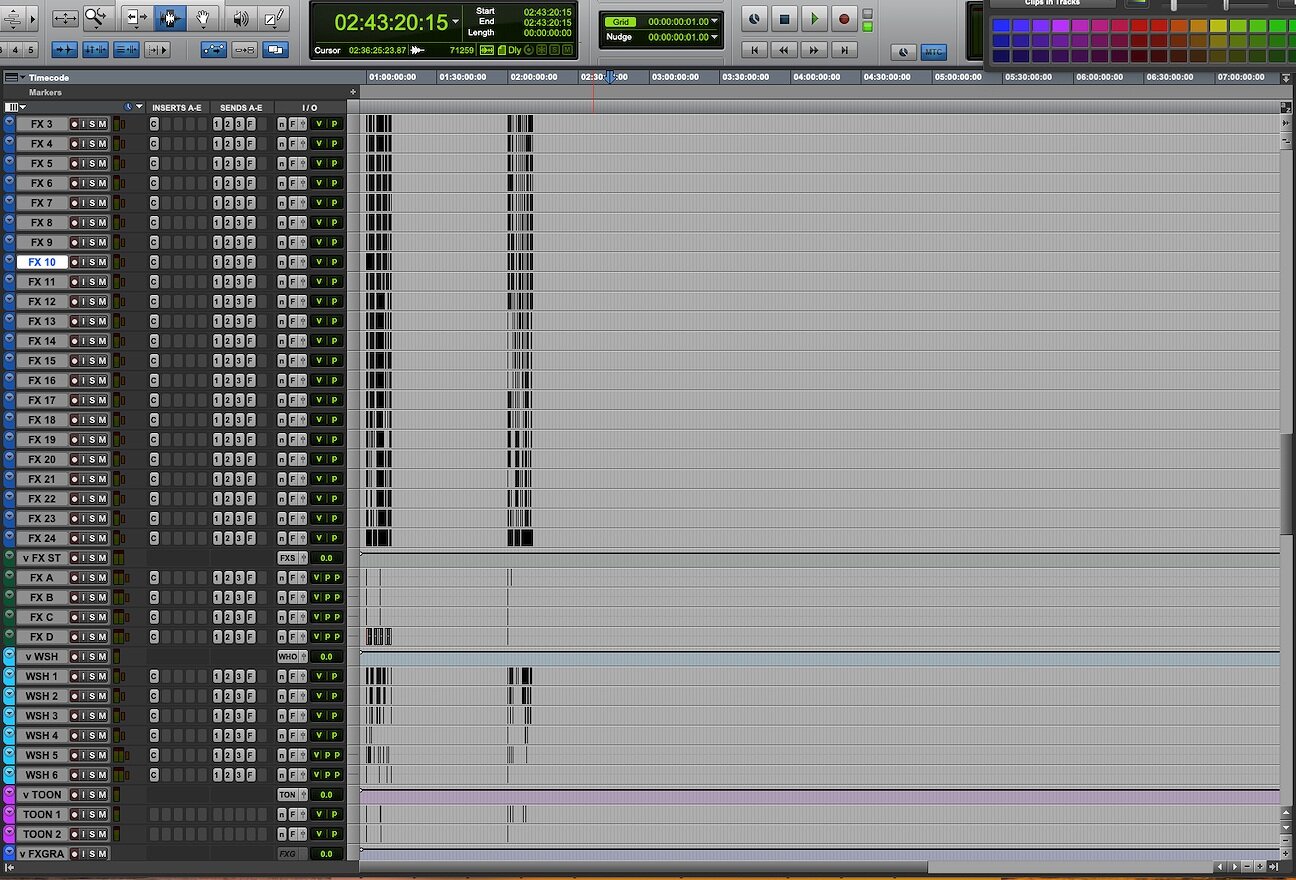Community, Leadership, Experimentation, Diversity, & Education
Pittsburgh Arts, Regional Theatre, New Work, Producing, Copyright, Labor Unions,
New Products, Coping Skills, J-O-Bs...
Theatre industry news, University & School of Drama Announcements, plus occasional course support for
Carnegie Mellon School of Drama Faculty, Staff, Students, and Alumni.
CMU School of Drama
Thursday, October 08, 2020
The Lowdown On Mixing - Re-recording mixer Jacob Cook
SoundGirls.org: If you’re like me, then you think being a re-recording mixer sounds not only intimidating but also very confusing. I think of the giant mixing board with a ton of buttons and nobs on it. YIKES. I thought the best way to get my questions answered was to ask one of our re-recording mixers, Jacob! He has his hands in all of our shows so he definitely has the lowdown. Let’s jump right in!
Subscribe to:
Post Comments (Atom)

3 comments:
I really haven't given too much thought into the world of mixing animated shows, but it's fascinating to hear about the similarities and differences between what I've experienced in the theatrical world and the world of TV. With all of that, there is so much about the methodology and mindset that Jacob takes that could certainly be applied to our world. Primarily, the most important thing is directing your audience's attention. In the TV world, things are rather 2 dimensional on screen, so this can be tricky. But in our theatrical world, we have a lot more tools at our disposal. One of the most challenging and rewarding design experiences centered around spatial sound for a musical. Not only were there atmospherics and dialog, but live music added an uncontrolled source of sound (and problems). But at the end of the day, everything boiled down to where to direct the attention of the viewer. Now that we live on the computer, we have to start thinking about how to use sound more creatively without the 3 dimensional space we are used to. I loved reading about binaural audio, and would be curious if that could be pursued. Regardless, this was a really neat interview.
I am trying to read at least one article that’s related to my unfamiliar field per week, and I think it is actually quite helpful with building interest to new technologies. As the only sound-editing that I have done is controlling the sound level in After Effects, it is awesome to learn each day that it is possible to apply thousands of filters and special effects to the sound sources just like we do with images or videos. Especially when dealing with mixing the sounds, she mentioned that it is extra difficult to determine the importance or significance of each sounds when there are multiple of them. Sound effects that are extremely intricate might have to be adjusted to be barely audible depending on the sound. I have rarely paid attention to such efforts when watching movies or any animated videos, and I think that was perhaps because they were so well-designed so the viewers are not at all disturbed by the weird mixing of the sounds, which was appreciable.
I thought this article was a great inside look into the world of re-recording mixing! I have run the soundboard a countless number of times for productions and performances at my high school, but I never thoroughly thought through the process of non-live mixing. I appreciated the cohesiveness of the article and how it took the audience step by step, as well as had Jacob Cook answer some questions the reader may have had afterward. I wish I had this article a year ago, as I mixed the audio for my school's biweekly broadcast and other short films the film kids made. I usually just messed around until it sounded okay, but was also a perfectionist who needed to make sure you could hear everything. It was almost comforting to hear the inside perspective of someone who does this professionally, as it made me feel less bad at what I was doing then haha.
Post a Comment